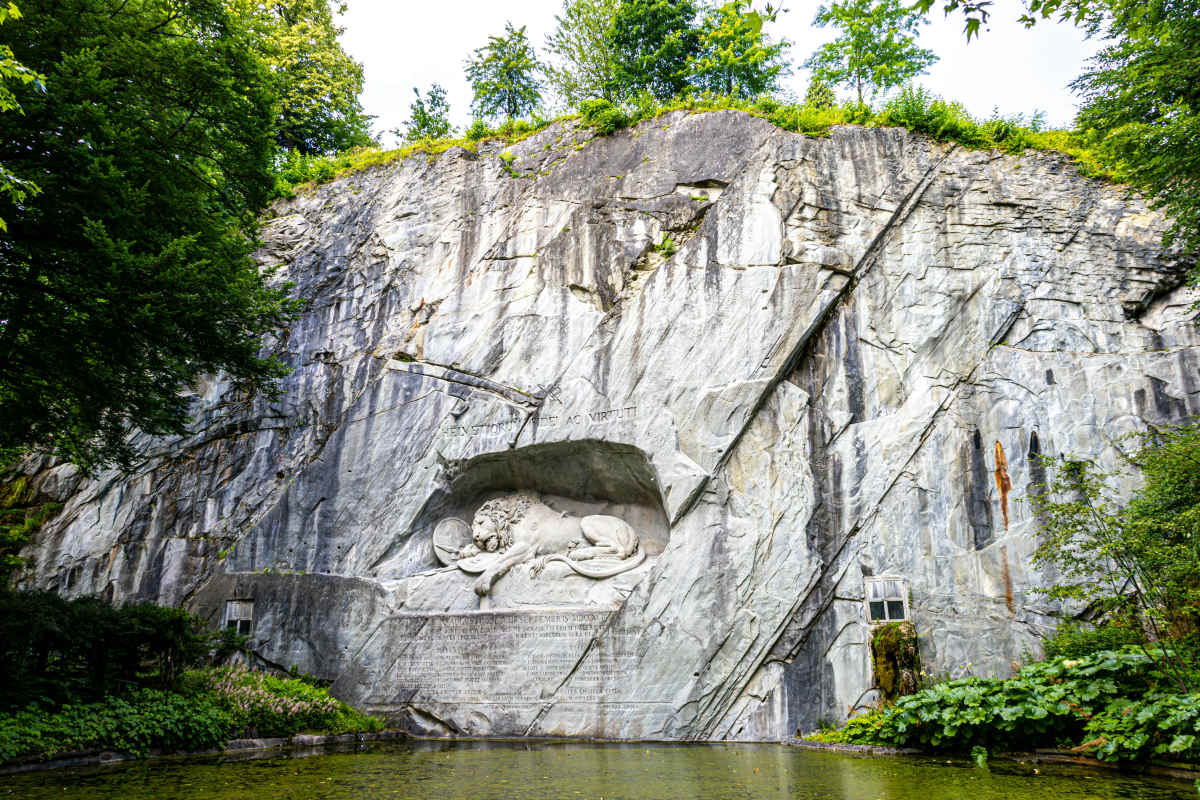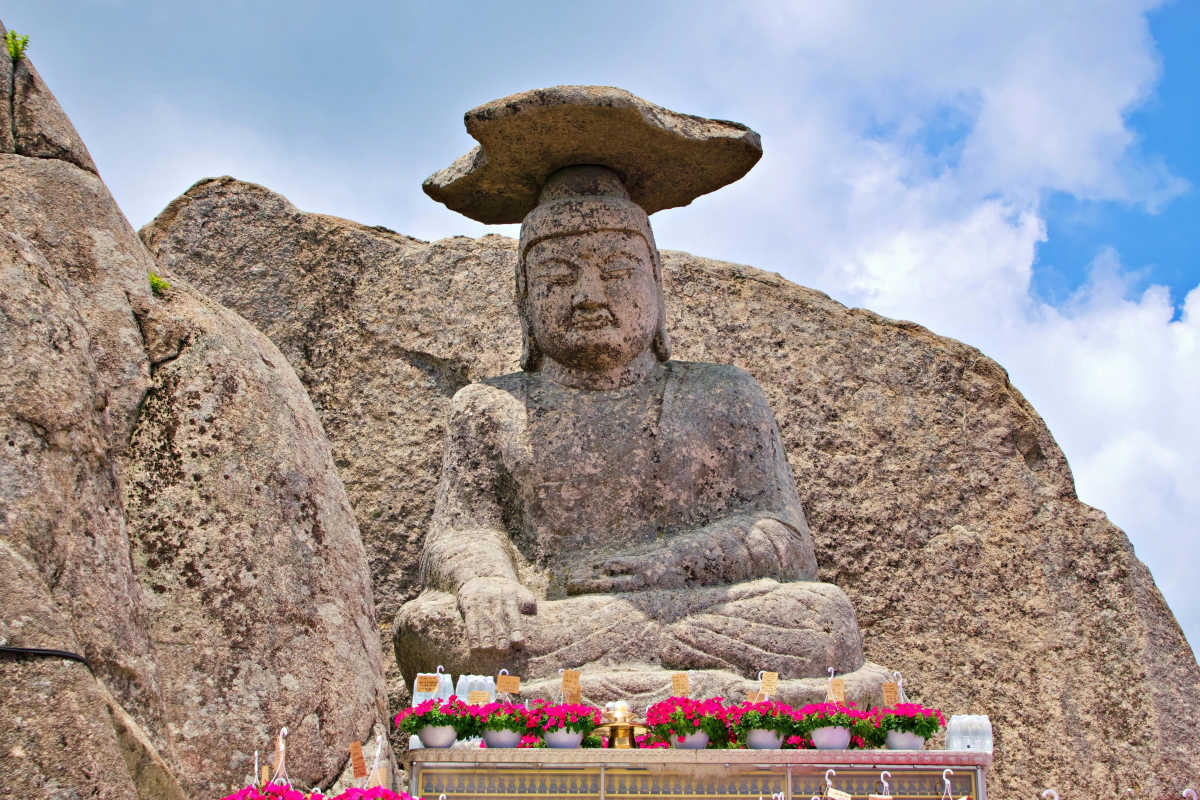For centuries, a cult site was hidden under layers of soil in Norway—now it is out due to highway expansion

Researchers have uncovered evidence of cult activity at the Gauldal River Valley in central Norway, which has stunned everyone, as it was supposedly hidden under a massive layer of soil for centuries. The evidence was exposed when a highway expansion project began in the area, according to Popular Mechanics. Researchers were surprised by the revelation because nothing similar to this has been detected in central Norway. It opens a chapter in the history that nobody knew about.

Revelation of the Cult Site
The cult site appeared to have been hidden since 800 B.C, as it was supposedly active until a landslide buried it. This sequence of events possibly occurred because the landslide managed to deposit 10 feet of clay soil at that spot, underneath which the whole arrangement got covered. Authorities were conducting archaeological excavation in preparation for the highway project when they unearthed evidence from the area, hinting at human activity dating back 2,800 years. "It's a very special find. We've never found anything quite like it. In a central Norwegian context, it's entirely unique," Hanne Bryn, an archaeologist with the NTNU University Museum, said, according to Science Norway.

Exploration at the Site
Since the site discovery in 2014, archaeologists have been thoroughly analyzing the area. The features of the cult site suggested that humans were practicing their religious activities. The team was able to figure out two parts of the site. Each part contained a building linked to burial structures. These buildings were defined as longhouses by archaeologists and measured around 32 feet. Researchers spotted a burial cairn, a mound built out of stones, near one of the longhouses. Here, the experts discovered three stone slab chambers, each made out of flat stone slabs.

Another noteworthy finding was that loose stones were spread across the house and the burial site. These stones also featured certain carvings. On one stone, researchers detected a pecked footprint and a cup mark. Another stone showed several cup marks. Some larger-sized stones were also on the site, on a particular end of the longhouse. After the team looked underneath these larger stones, they found another small stone depicting carvings on both sides. One face had a human holding a bow and arrow, along with a dog, while the other face had another human figure, with a ship. "It's so small. It's portable, you could carry it in your pocket," said Bryn.
The stone carvings were like others found in Norway. Just like the others, these engravings were either carved or pecked. The team was grateful to find the stones in places where they had been used, something which doesn't typically happen. Researchers are still unsure how these stones aided ancient humans in conducting religious activities. "But these stones had a ritual significance, together with the burial structures," Bryn emphasized.

Were Humans Living in the Area?
Researchers believe the site was used for religious activities, but do not know whether humans resided in the area. There is a possibility that people visited this place after covering some distance and held significance. To date, experts have found a fire pit and some cooking pits, but the space around longhouses and graves is empty. The team speculated that people were not living regularly on the site. "It points to a site of special significance," said Bryn. In the stone chambers, researchers have uncovered some burnt human bones dating back to sometime between 1000 and 800 BCE. Coincidentally, this was also the time of a landslide, which implies that the site could have been active at the time of the calamity. Researchers have not concluded anything, but do not think that any settlements were hurt in the landslide. Archaeologists have found more rock carvings since their excavation project commenced, and hope to gain more insights about the place.